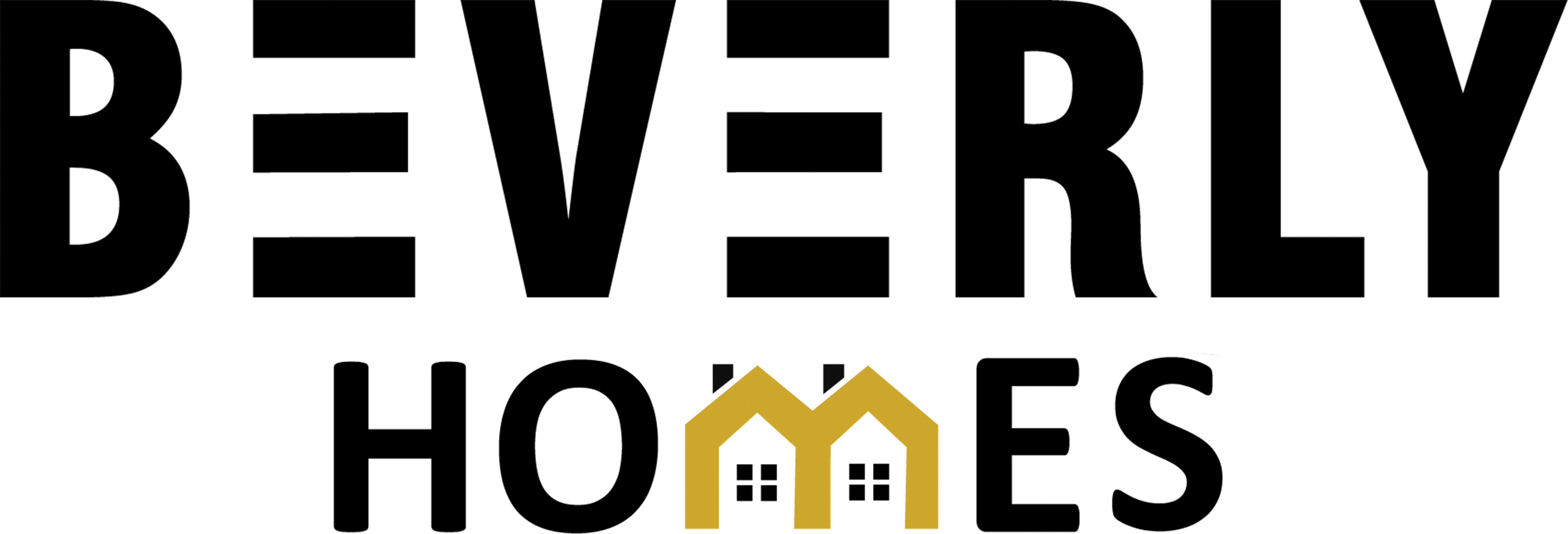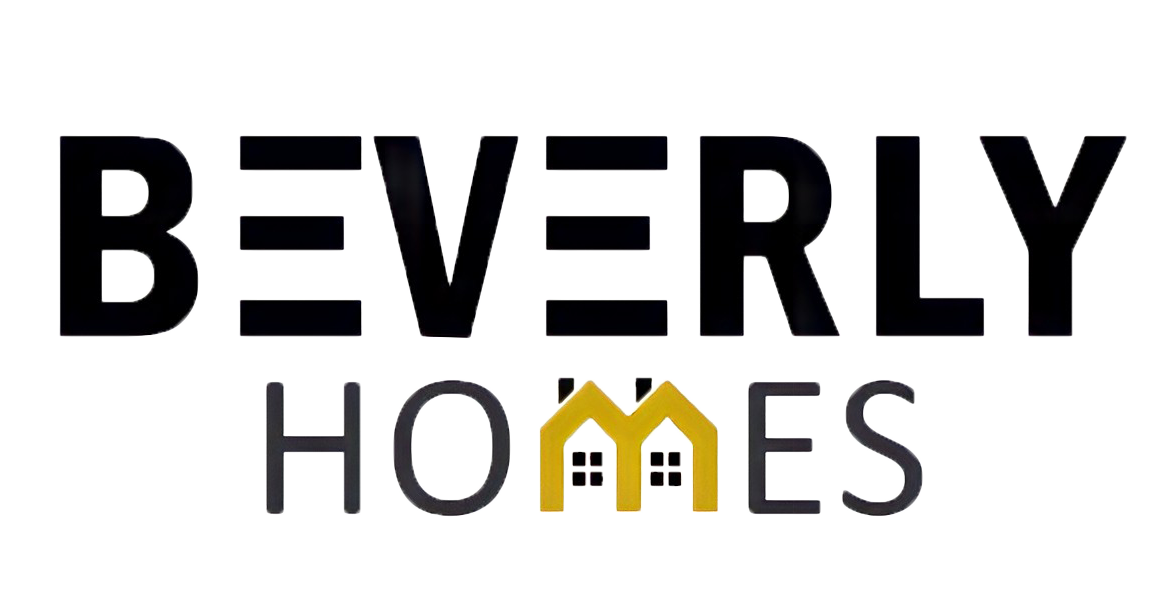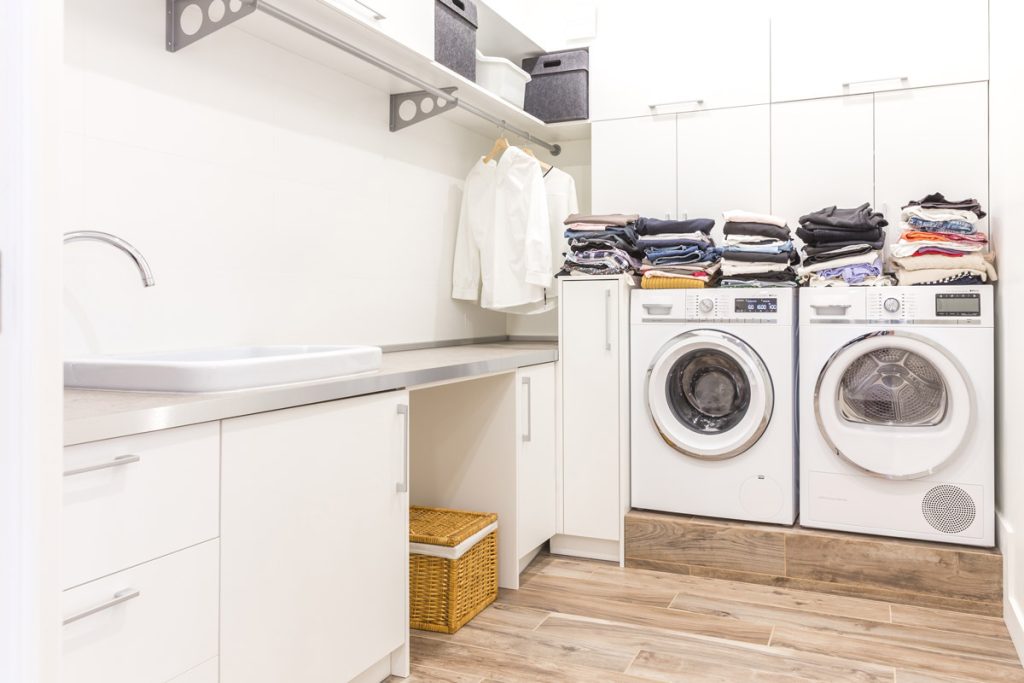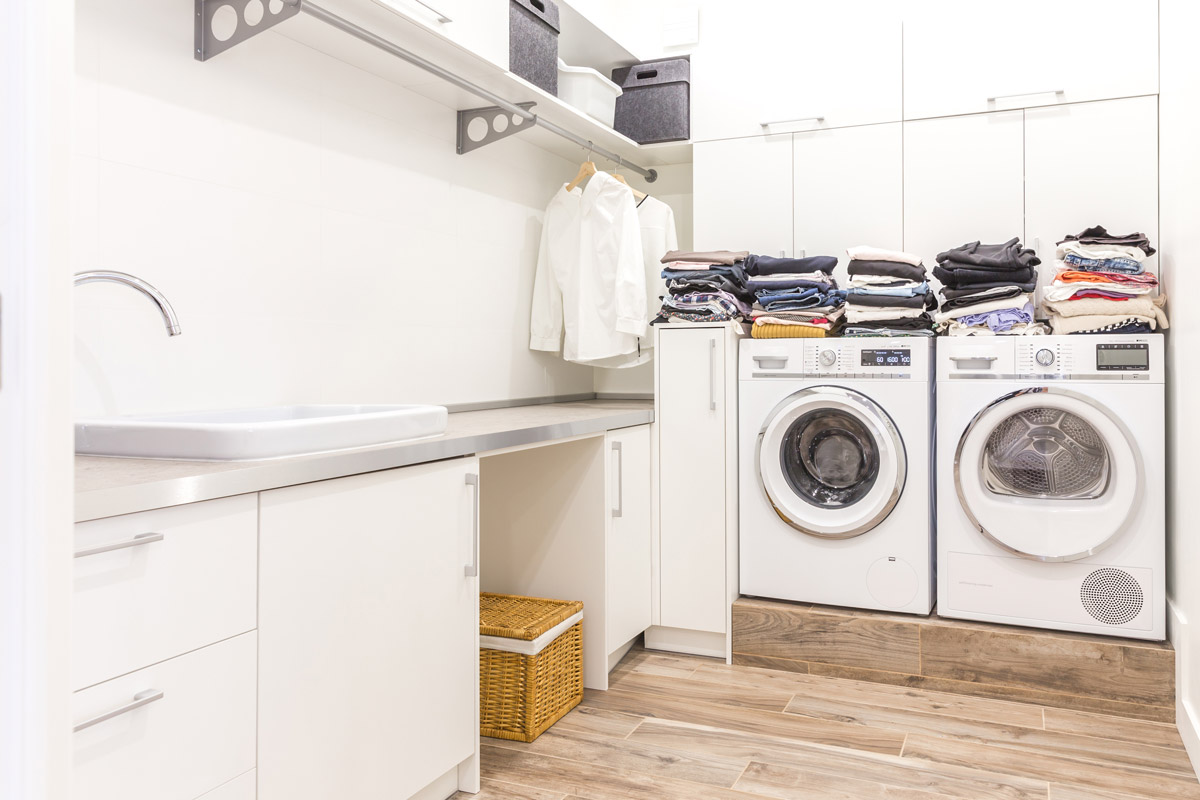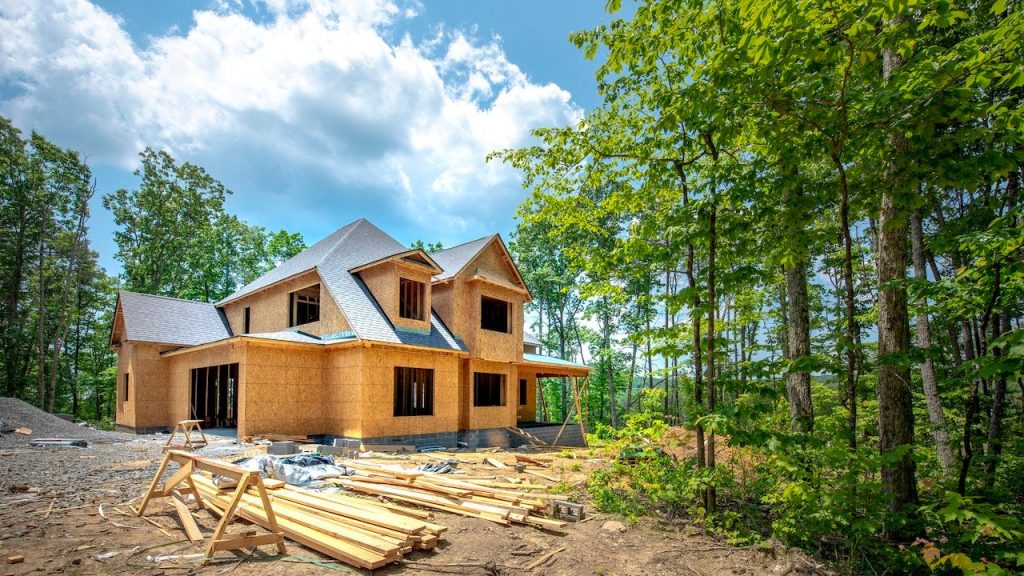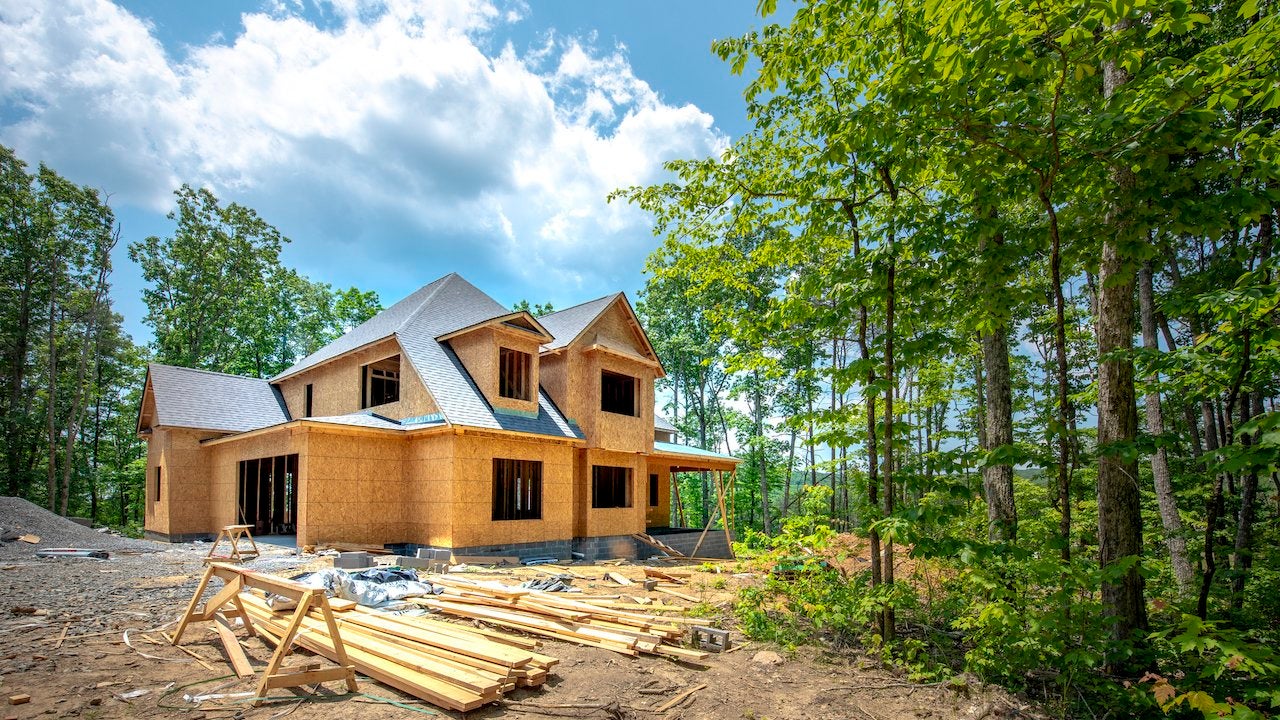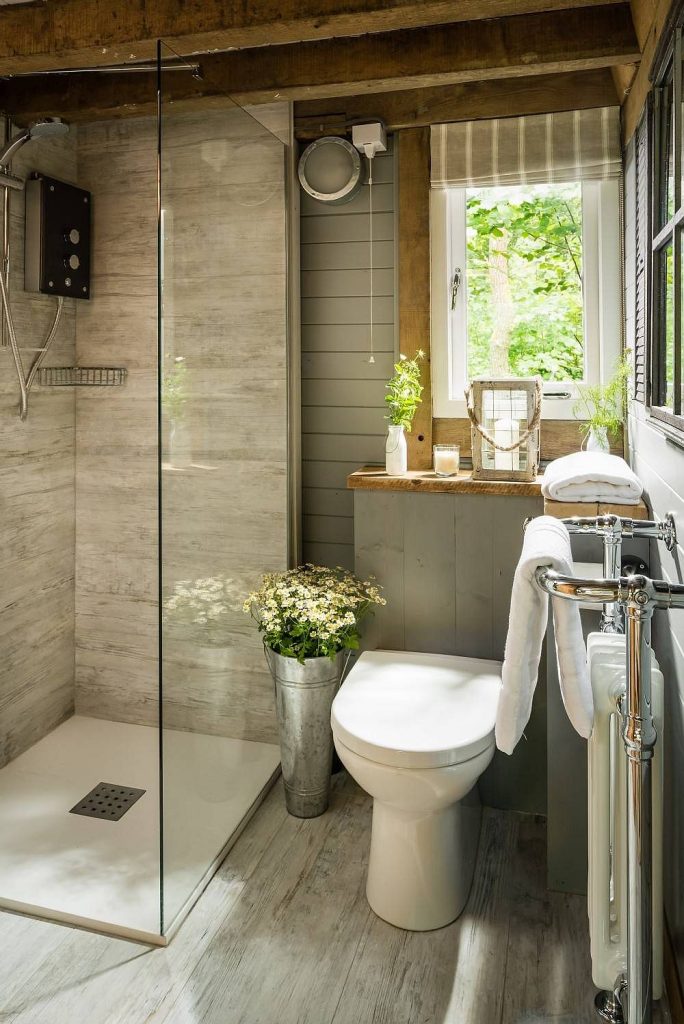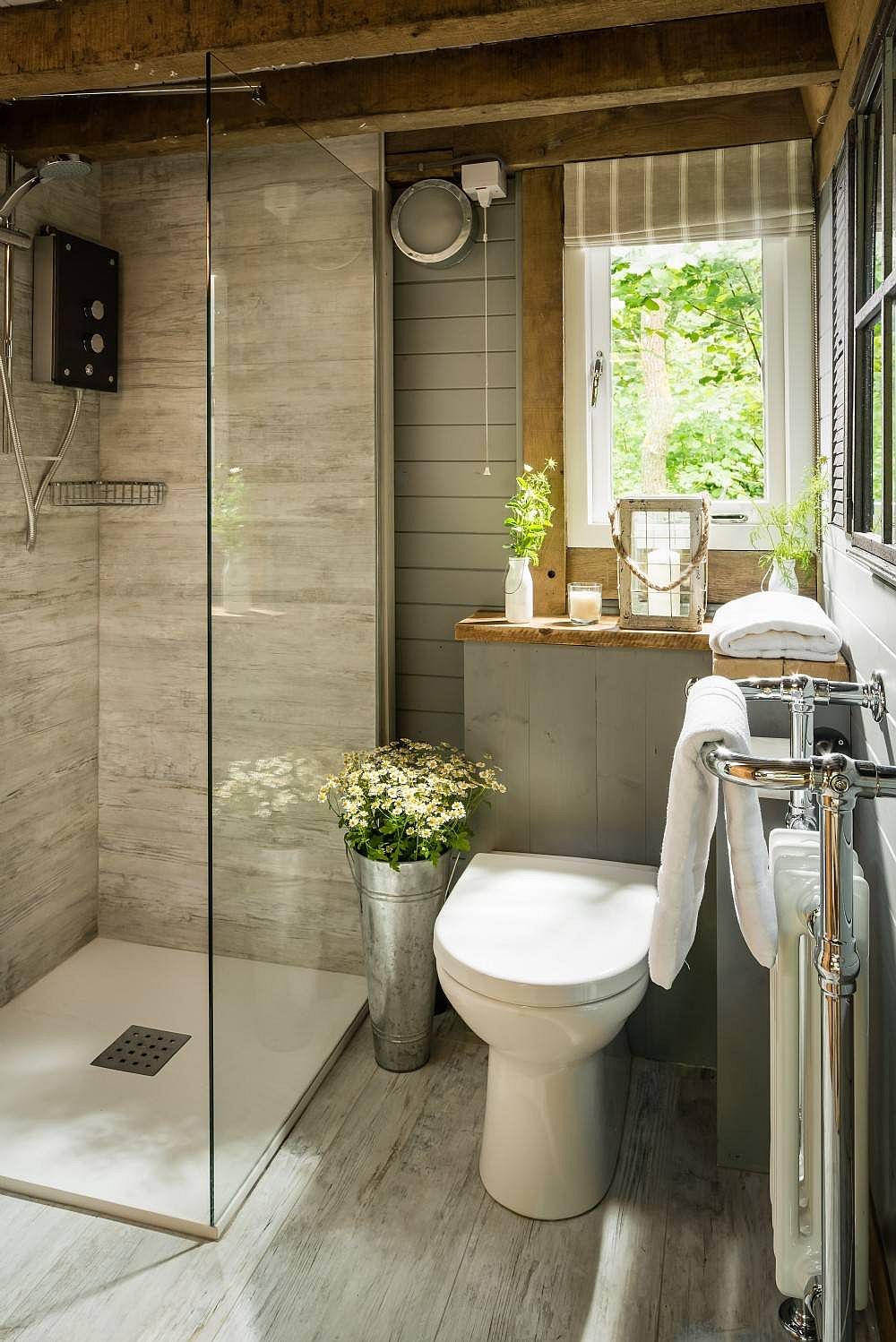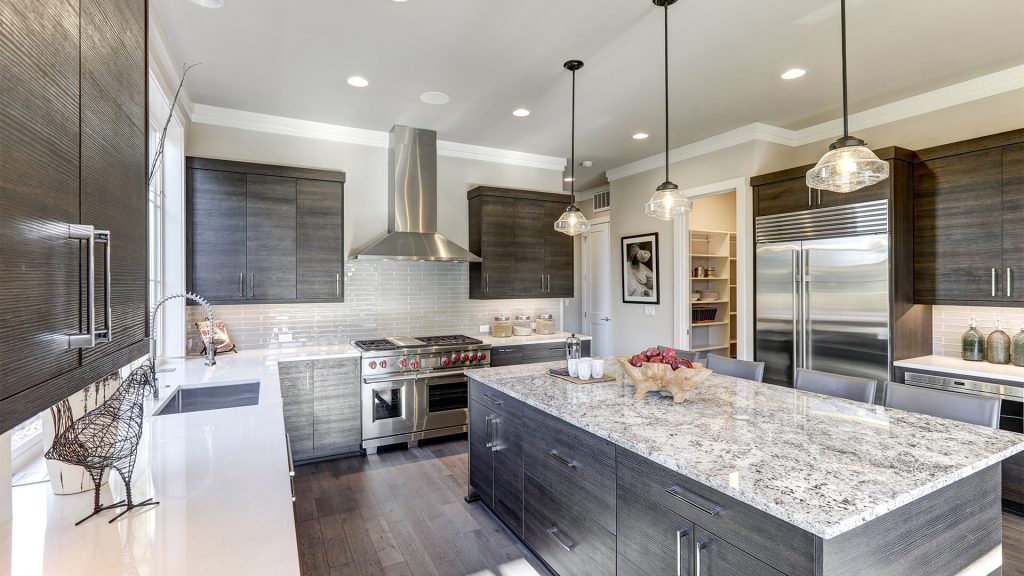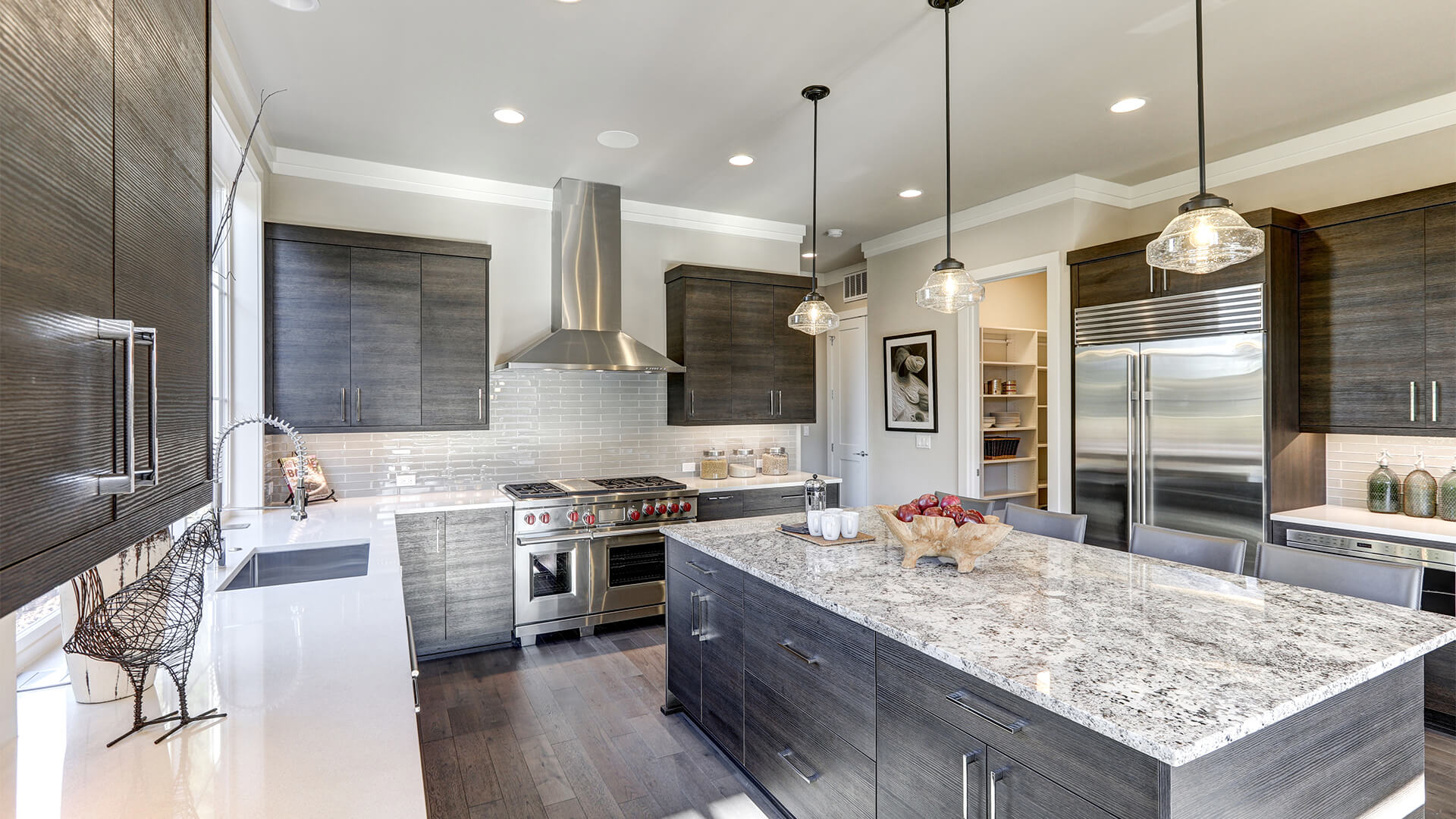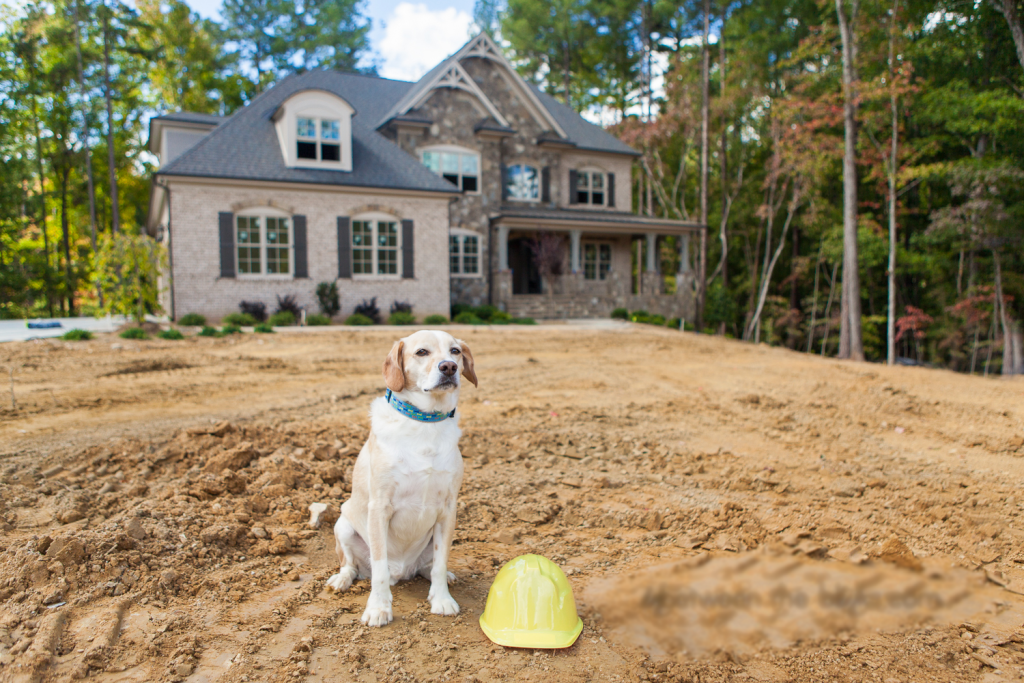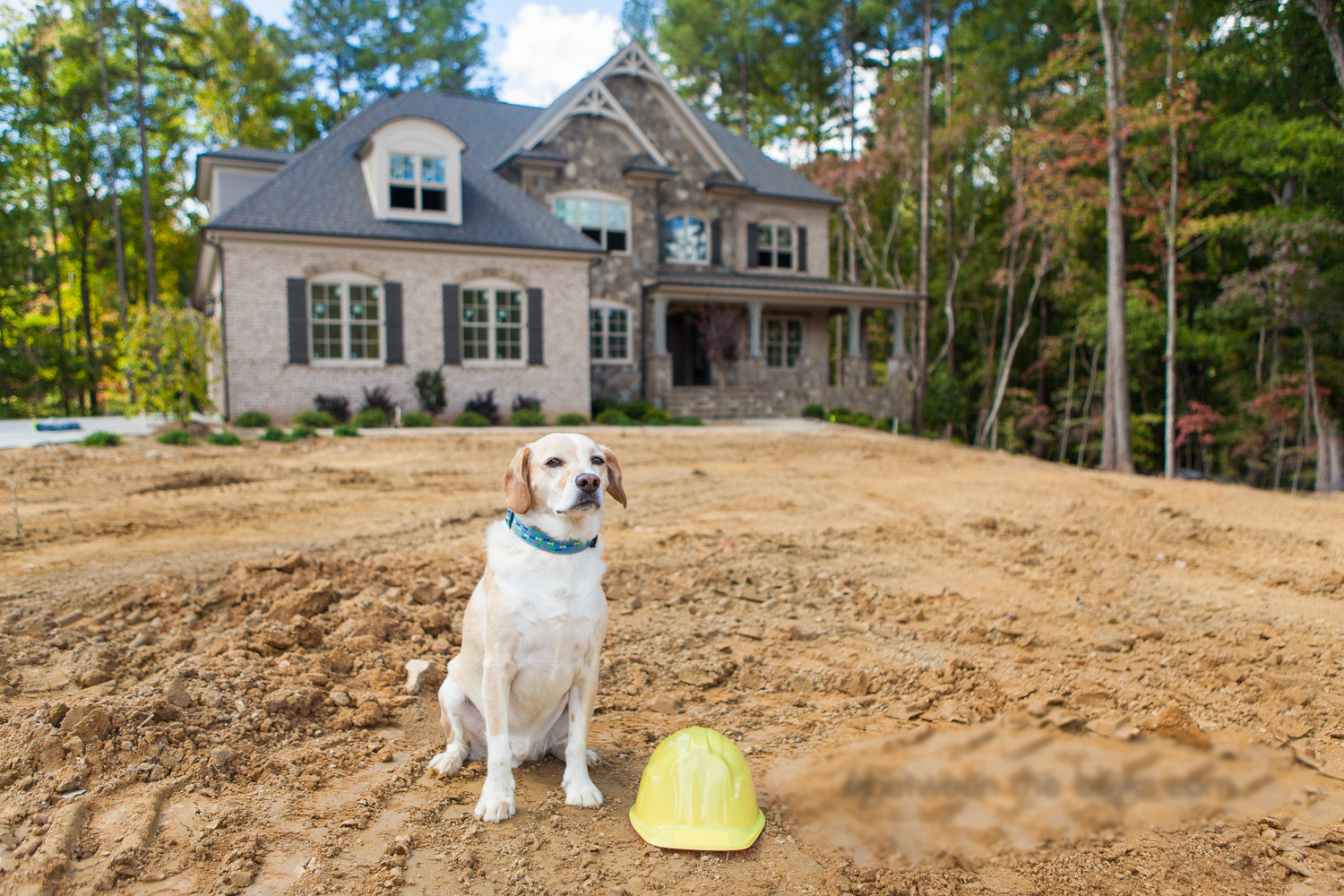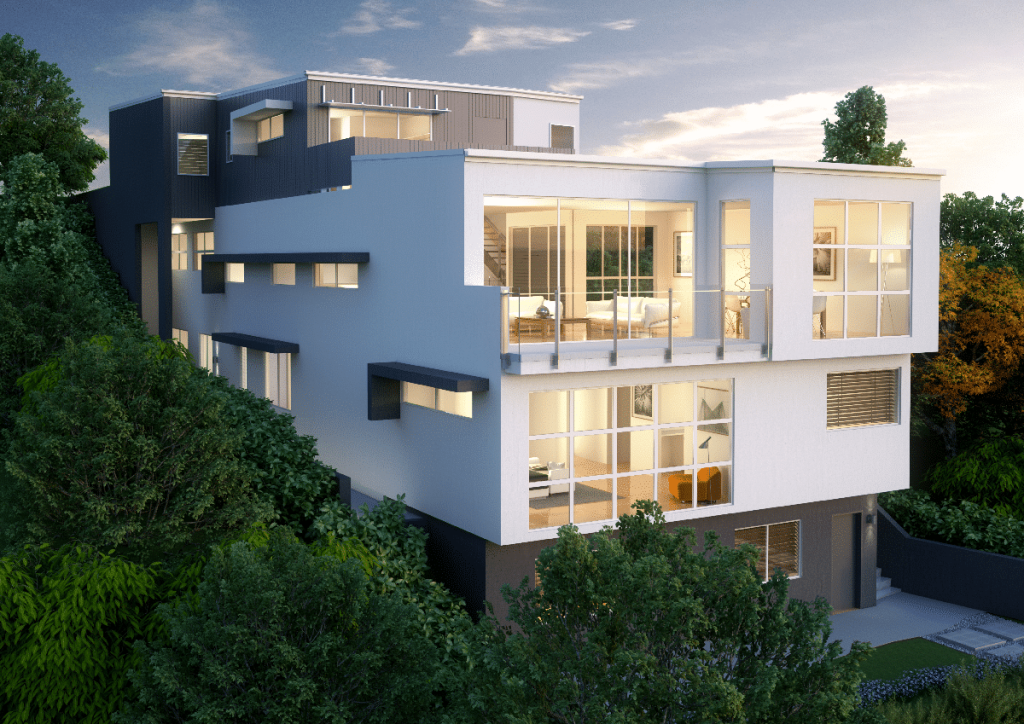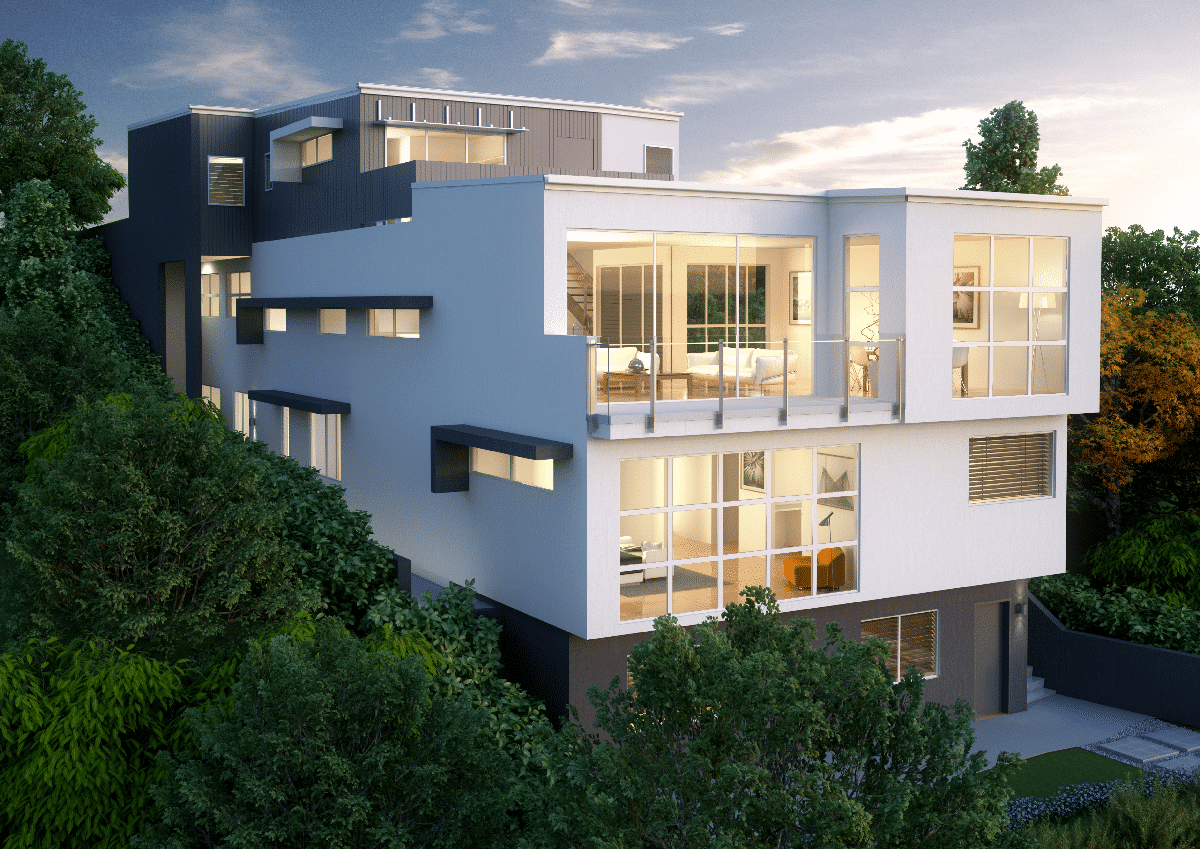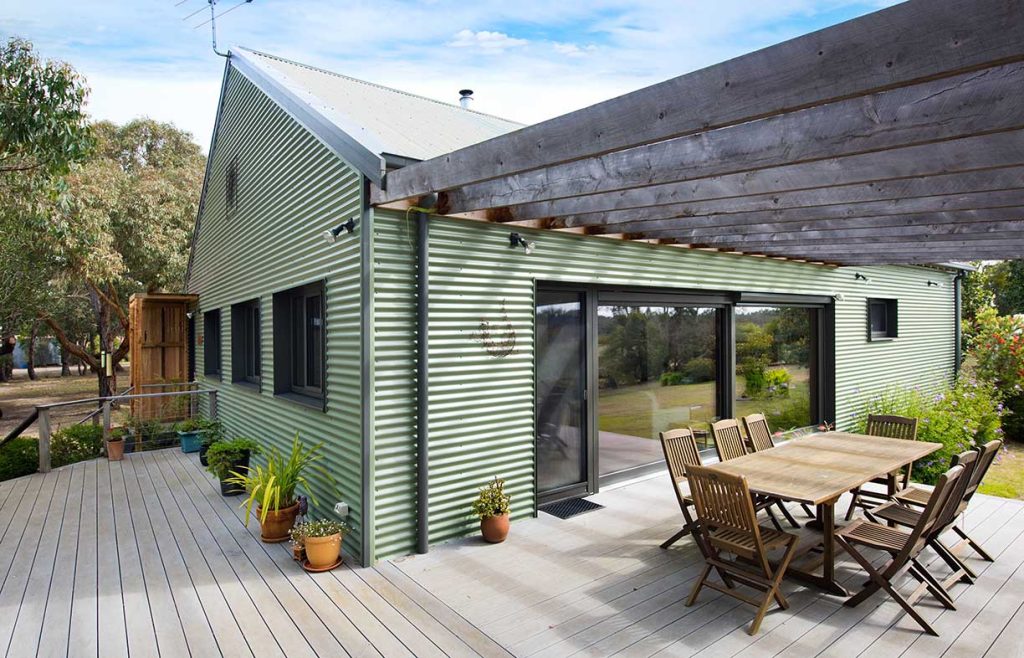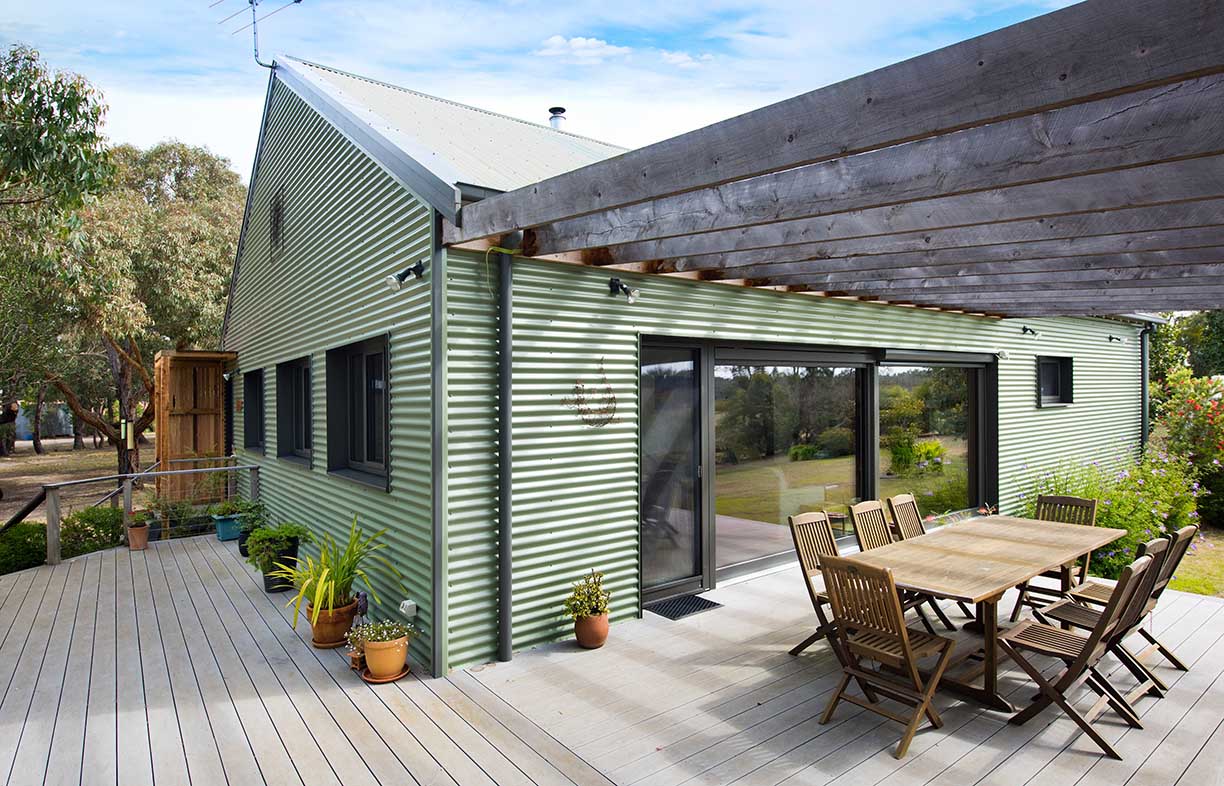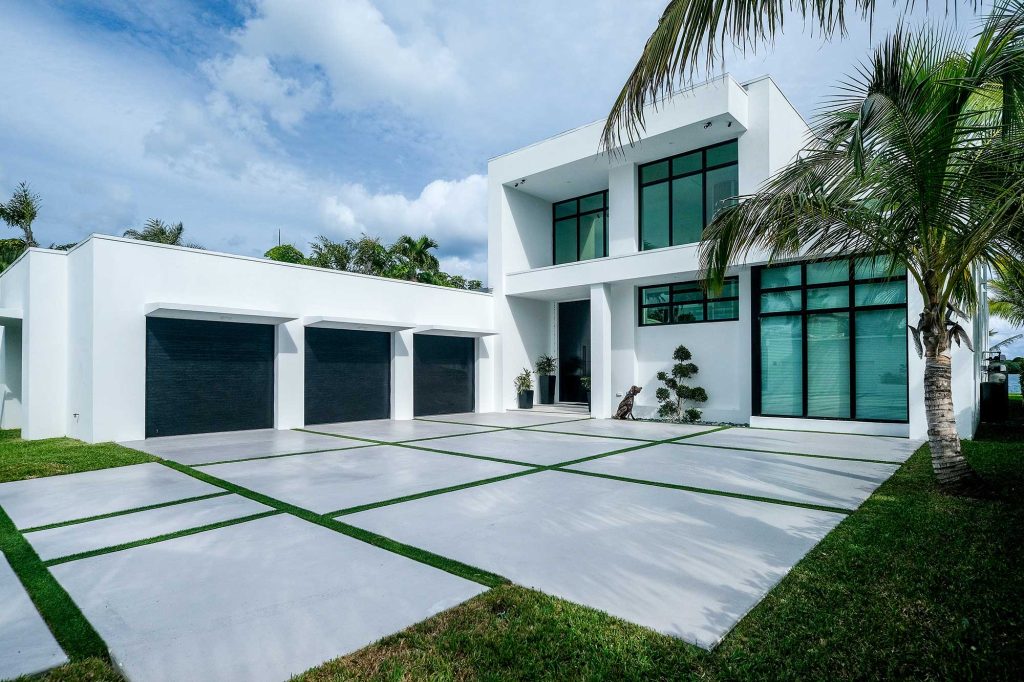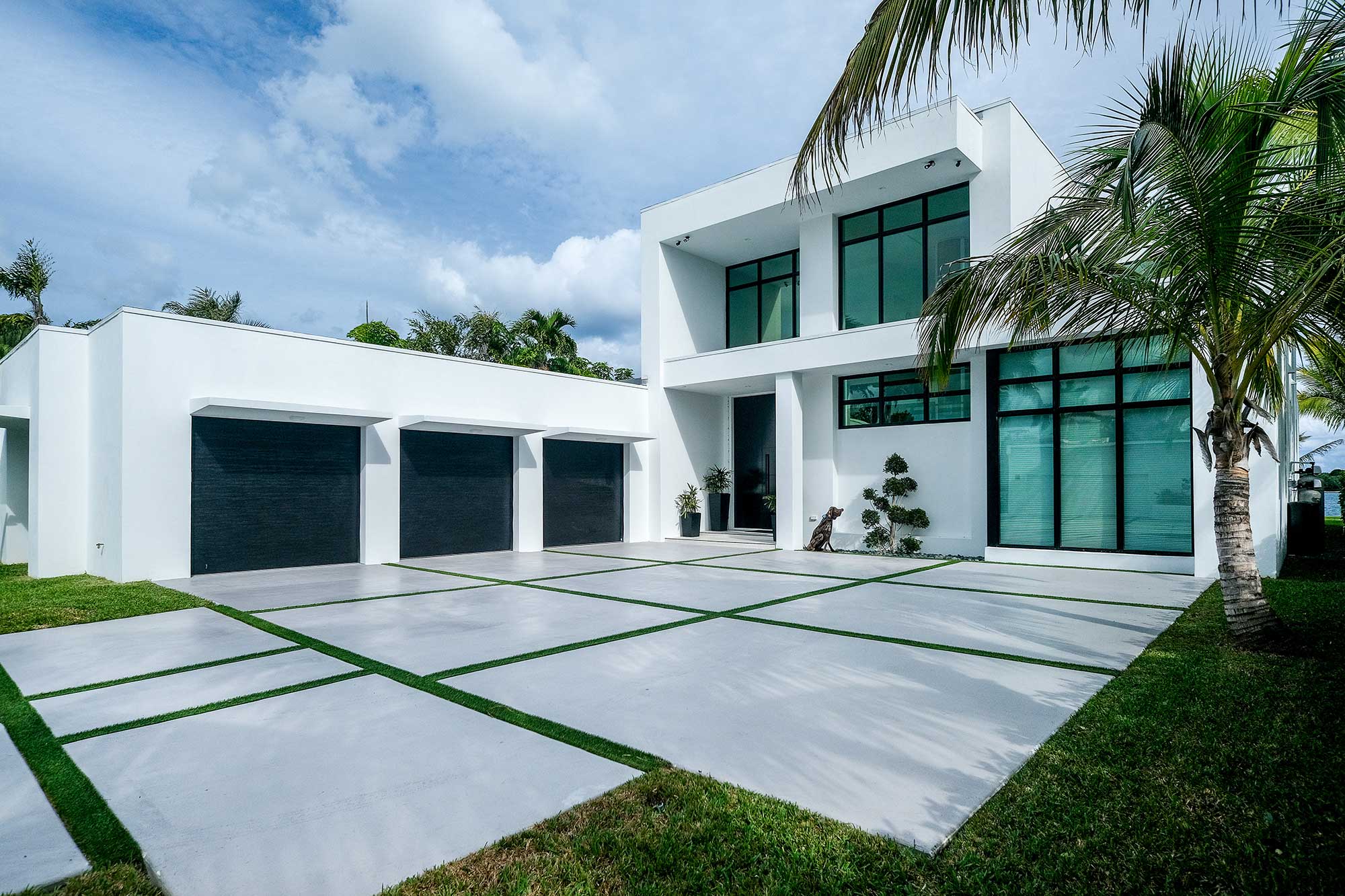Mastering the Master Bedroom: Tips for Custom Home Retreats
Mastering the Master Bedroom
Tips for Custom Home Retreats
Introduction
Your master bedroom is more than just a place to sleep—it’s your personal sanctuary, a retreat within your home. In this article, we’ll delve into the art of crafting a custom home retreat that reflects your style, enhances comfort, and promotes relaxation.
Setting the Stage: Choosing the Right Theme
Your master bedroom should be an extension of your personality. Embrace individual style and stay updated with the latest trends to create a theme that resonates with you.
Furniture Matters: Selecting the Perfect Pieces
From bed frames to nightstands, every piece of furniture contributes to the overall aesthetic. Dive into the nuances of bed frame selection and the importance of cohesive furniture choices.
Colors and Textures: Creating a Cozy Atmosphere
Discover the psychology of color and how it can impact your mood. Learn to choose the right color palette and invest in quality bedding for an irresistibly cozy atmosphere.
Lighting Magic: Illuminate Your Retreat
Lighting sets the mood in any space. Differentiate between ambient and task lighting, and explore the world of smart lighting solutions for a modern touch.
Tech Touch: Smart Home Integration
Bring your bedroom into the future by integrating smart home technology. From thermostats to entertainment systems, explore the possibilities of a tech-savvy retreat.
Green Thumb in the Bedroom: Indoor Plants
Explore the benefits of incorporating indoor plants into your bedroom decor. Find out which low-maintenance greenery is perfect for creating a serene environment.
Art and Personalization: Making It Yours
Learn the art of personalization through custom artwork and decor items. Discover how these elements can transform your bedroom into a unique haven.
Storage Solutions: Organization Is Key
Keep your retreat clutter-free with creative storage ideas. Learn the secrets of organization and discover how it contributes to a serene bedroom environment.
Accent Walls and Statement Pieces
Elevate your bedroom’s aesthetic with accent walls, wallpaper, and statement furniture. Uncover the transformative power of these design elements.
Maximizing Space: Small Bedroom Solutions
For those with compact spaces, explore multifunctional furniture and clever storage solutions. Learn how to make the most of limited space without compromising on style.
DIY Projects for a Personal Touch
Infuse your personality into your bedroom with custom DIY projects. From unique headboard ideas to handmade decor items, discover the joy of creating a space that’s truly yours.
Quality Over Quantity: Choosing the Right Materials
Delve into the importance of selecting sustainable and durable materials for your furniture. Invest wisely in pieces that stand the test of time.
Budget-Friendly Tips: Luxury on a Dime
Achieve a luxurious look without breaking the bank. Explore thrift store finds and DIY hacks that add a touch of opulence to your custom retreat.
Maintenance and Longevity
Learn the secrets of maintaining your custom furniture for longevity. Discover tips for cleaning and updating your retreat over time to keep it fresh and inviting.
Conclusion
Creating a custom home retreat is a rewarding journey that goes beyond aesthetics. It’s about curating a space that resonates with you and promotes a sense of well-being. By incorporating these tips, you’re well on your way to mastering the art of the master bedroom.
